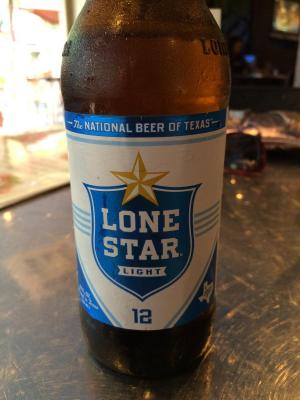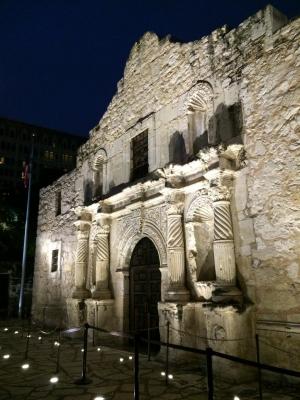 In hindsight, our two days in San Antonio didn’t really do it justice.
In hindsight, our two days in San Antonio didn’t really do it justice.
We had planned on a hard drive from South Mississippi (where we visited with Susan and Randy, not only relatives but also our often-times travel pals as our regular readers know) to San Antonio, but perhaps amped up on hitting the road to see and experience a few months of new stuff in the great American West, it didn’t seem to be that hard a drive. Straight down Interstate 10, supplied with a nifty 12-volt powered ice chest and a good audio book (“The Martian” by Andy Weir, soon to be a major motion picture starring Matt Damon!) and we seemed to get there in no time, arriving early enough for a stroll and dinner.
We stayed at the Crockett Hotel, an historic old hotel named for the most famous casualty of the Alamo, the back of which is across the street from the hotel. Just a block or two further than the Alamo is the Riverwalk, the pedestrianized walkways along the bend of the San Antonio river that marks the center of downtown and offers a healthy variety of dining, drinking, and shopping spots. We love staying at these old hotels, and the Crockett was comfortable, cozy, cost-effective, and included breakfast (every little bit helps).
In search of something cold to wash away the day, we walked along the Riverwalk and managed to get seated in a restaurant just before the bottom fell out of the sky (we pitied those poor wet souls who hadn’t the foresight to find a restaurant to park in by then). Mexican and Tex-Mex cuisine is fairly well required of you in San Antonio, and we had no shortage of it–along with carooning mariachi bands. Amazingly, after a margarita or two, everyone knows the words to “La Bamba” (or thinks they do).
On our way back to The Crockett that night, we snapped a few amazing nighttime pictures of the Alamo. As they say, it’s much smaller than you expect, but it’s really a shadow of its former stature as a much larger compound, which we learned about the next day with our return.
Let me digress for a quick history refresher for our American readers and a lesson for everyone else (anyone who might be interested, that is). In the decade leading up to March, 1836, white (non-Hispanic) American settlers were moving into the area we now call Texas. At the time, not only was it not an American state or territory, it was a Mexican province. Inevitable cultural differences created tension, and those tensions boiled over to violence in late 1835 as Mexico’s central government tried to exert control over the unruly “Texians” (as the white settlers were called). Texians began to debate their independence as they won small battles against Mexican forces.

In Mexico City, President Santa Ana, not at all happy with the behavior of the Texians, vowed to avenge the loss of Mexican lives and put the unruly Texians back in their place. He personally led his army north while scores of Americans–like Davy Crockett–rushed to aid the Texians. They converged at The Alamo, more a sprawling, walled compound then than the famous site that remains today, and a 13-day siege began that ended with the death of every Texian defender who remained, including the coonskin-capped Crockett. Santa Ana employed a scorched-earth policy, and his brutality and atrocities at The Alamo and subsequent battles rallied the Texians and their American sympathizers under Sam Houston. Likely certain of his ultimate victory, Santa Ana pursued Houston and his army eastward toward Louisiana, but at San Jacinto Houston made his stand. No doubt to his surprise, Santa Ana’s army was quickly routed and Santa Ana himself taken prisoner (when was the last time the chief executive of a nation was taken prisoner in battle?). For the next few years, The Republic of Texas was a sovereign nation before being annexed by the United States as our 28th state in 1845 (it was a mutually agreeable annexation, and one that Santa Ana probably feared from the outset).
The Alamo and her grounds offer a blend of notable credentials: the site of a military battle important to American history, the ruins of an early American Southwest Roman Catholic mission, a UNESCO World Heritage Site, a memorial to the men who died there, a US National Historic Landmark, and listed on the US National Register of Historic Places. But if it hadn’t been for the Daughters of the Republic of Texas in 1892, what we have left of the Alamo would have been lost to history. For that, we’re thankful.






